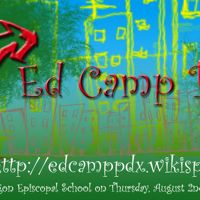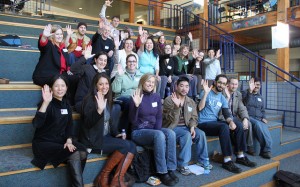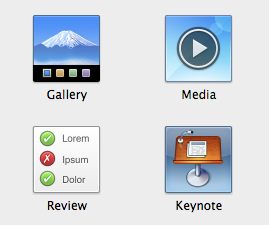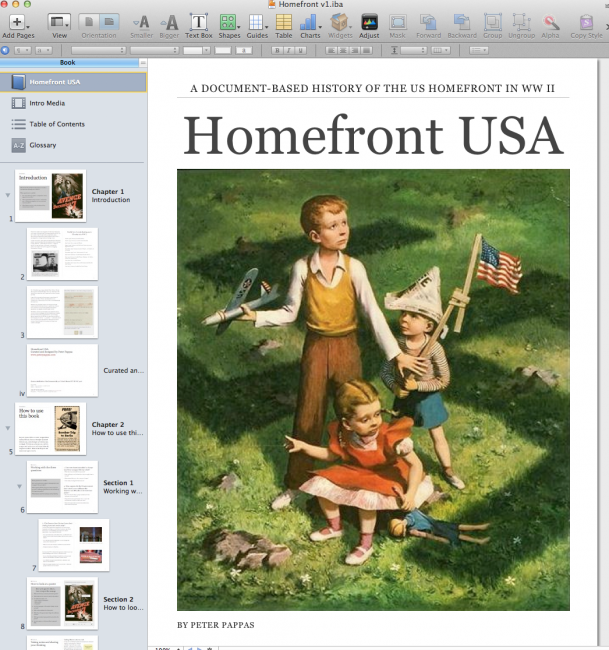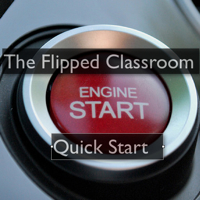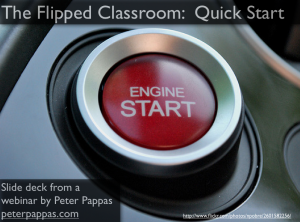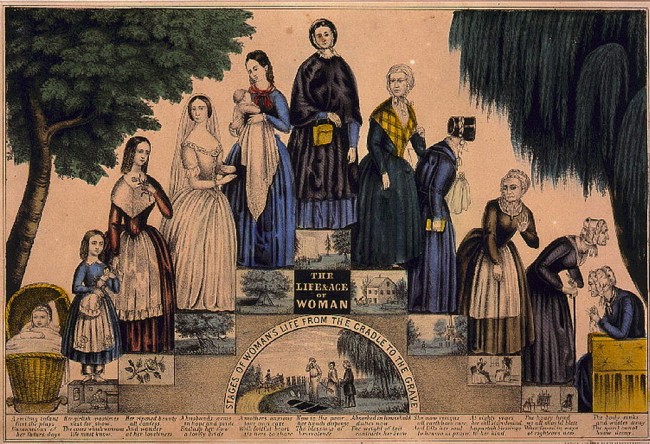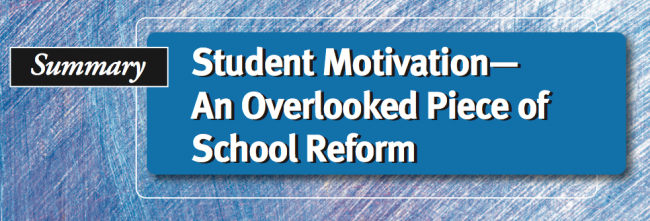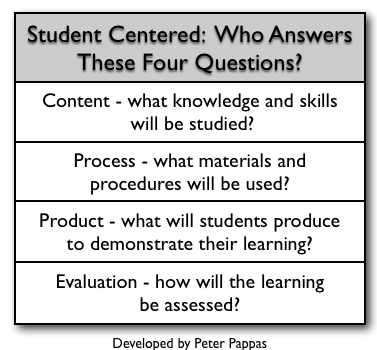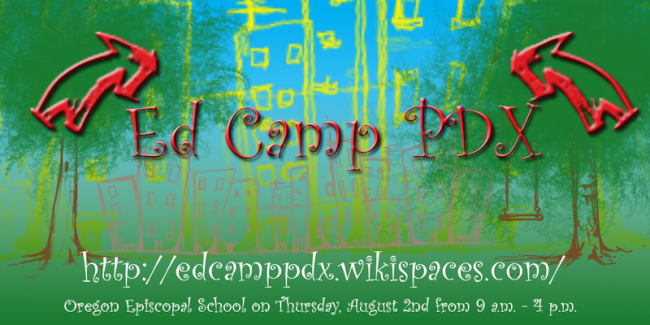 Calling all teachers, instructional technologists, IT Directors, Principals, Admins and Teacher Librarians who live in the NW. Join us at Oregon Episcopal School on Thursday, August 2nd from 9 a.m. – 4 p.m. for our fourth edcampPDX. In addition to the multiple, concurrent sessions you’ve come to know and love, this EdCamp will include sessions around the common theme of social media and its use for professional development and in the classroom.
Calling all teachers, instructional technologists, IT Directors, Principals, Admins and Teacher Librarians who live in the NW. Join us at Oregon Episcopal School on Thursday, August 2nd from 9 a.m. – 4 p.m. for our fourth edcampPDX. In addition to the multiple, concurrent sessions you’ve come to know and love, this EdCamp will include sessions around the common theme of social media and its use for professional development and in the classroom.
Photos from our 3rd edcampPDX - Check out those boot! We are a stylin’ crew!
What are the goals of edcampPDX?
- Networking: Connect educators in the Portland / Oregon area
- Instructional Practices: Learn new curriculum ideas, best practices,
- and/or tech integration ideas from other educators
- Personalized: You customize your own PD by suggesting, facilitating and attending sessions about topics that interest you!
What is edcampPDX?
An edcamp is a unconference-style day of professional development organized and given by the local participants. Those who are interested pitch an idea for a conversation or hands-on session. The day of the edcamp we organize the ideas into sessions and everyone chooses which session to attend.
@actionhero finds the best stuff! I will order this today…Cosmonaut stylus #speedRound at #edcampPDX ~ Tweet from edcampPDX 3
There is always something for everyone — and if not — sign up to lead a discussion that interests you! This is the best type of PD because its about what you want and shared with other passionate, innovative educators.
Bring a friend – or better yet – bring your IT director, Principal or Teacher Librarian. You can bring a laptop or tablet – wifi is available, as well as laptops to use at OES.
What does it cost? The day is FREE!!! Optional lunch cost: $5; register online & payable at the event. Sign up to attend
Follow our Twitter updates: #edcampPDX
Join the EdCamp PDX Google Group to network and keep up with our news and notes.
Location Oregon Episcopal School
6300 SW Nicol Road
Portland, Oregon 97223
OES Campus map
Who are the organizers?
- Colette Cassinelli, Teacher Librarian & MultiMedia, La Salle Catholic College Preparatory
- Rachel Wente-Chaney – CIO – Central Oregon Technology (High Desert,Sisters, Crook County, and Redmond districts)
- Peter Pappas – PDX ed blogger @edteck
- Mike Gwaltney, Teacher, Oregon Episcopal School, Online School for Girls @MikeGwaltney
- Melissa Lim, Instructional Technology, Portland Public Schools
- Luann Lee, science teacher, Newberg High School
- Corin Richards, instructional technologist, Willamette ESD
